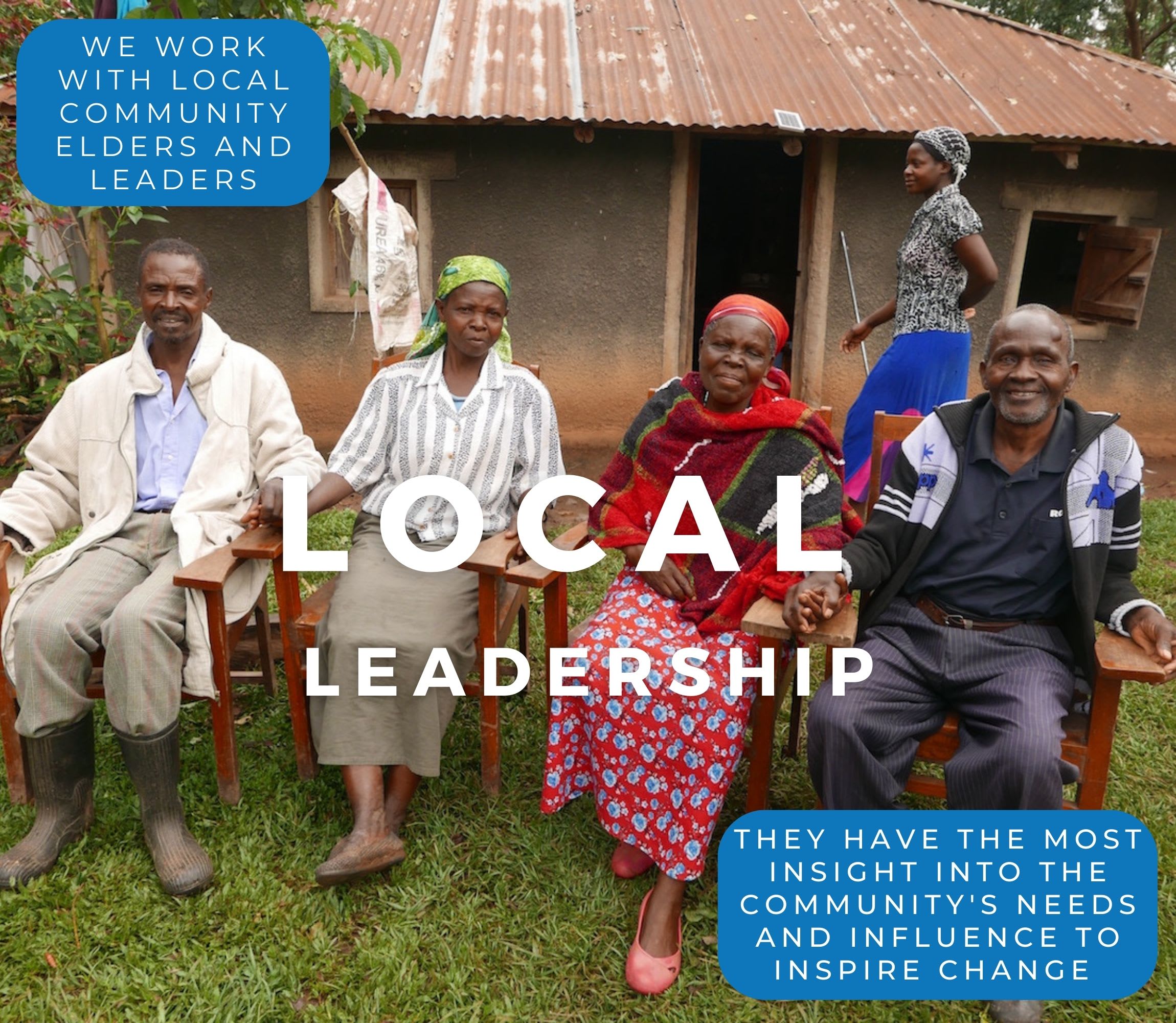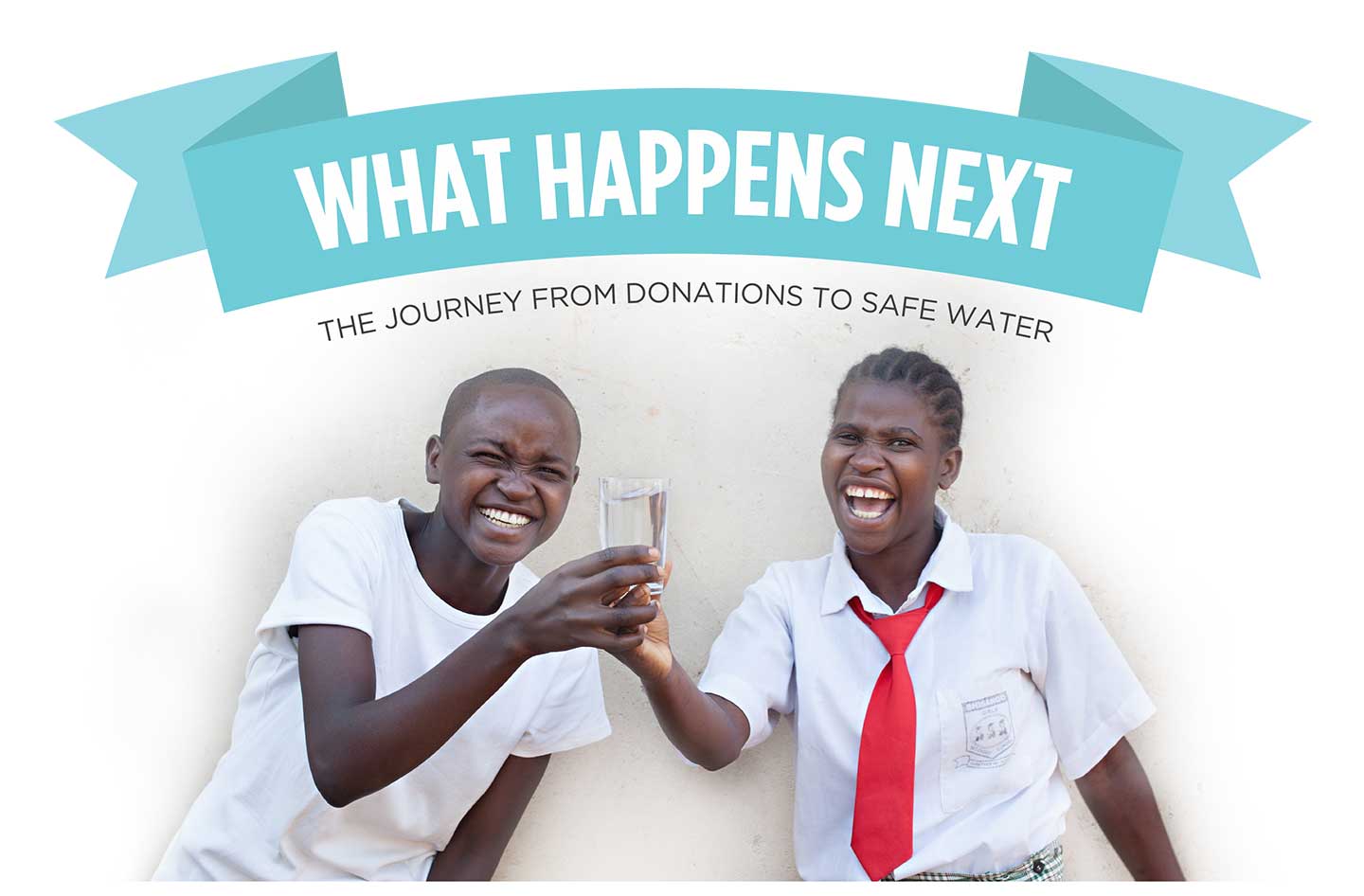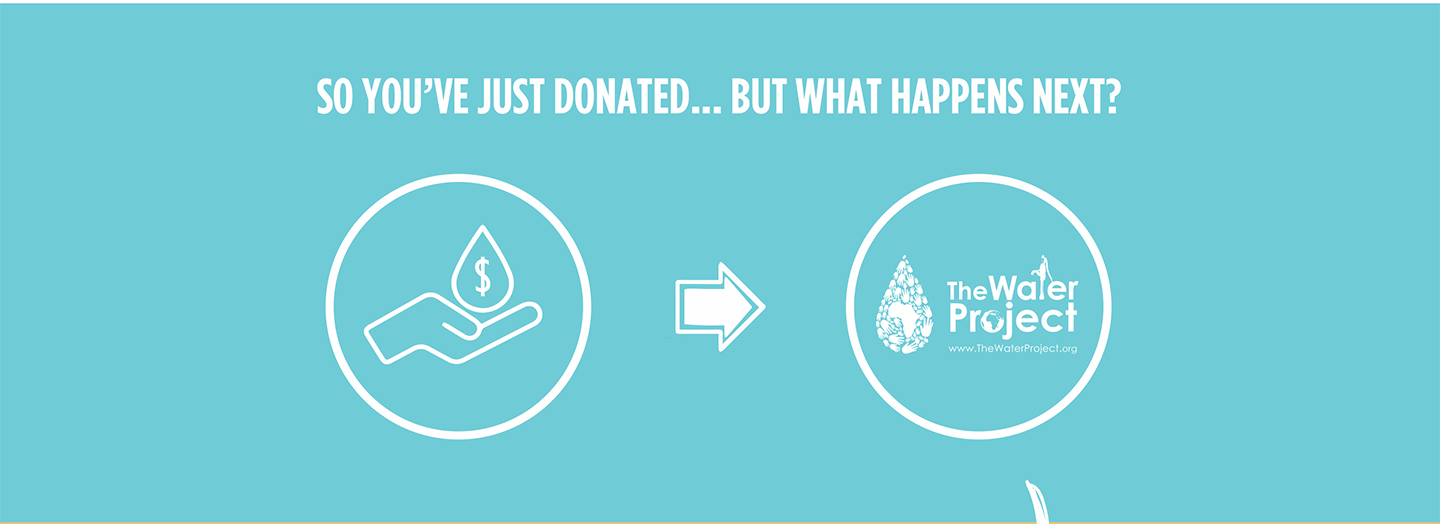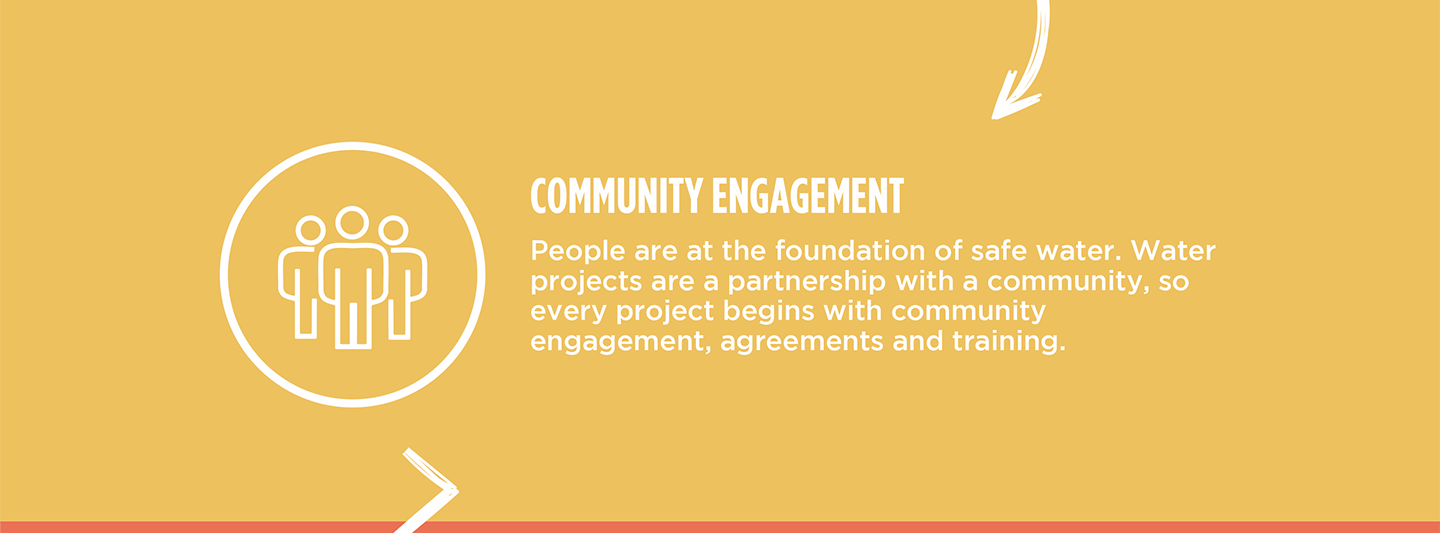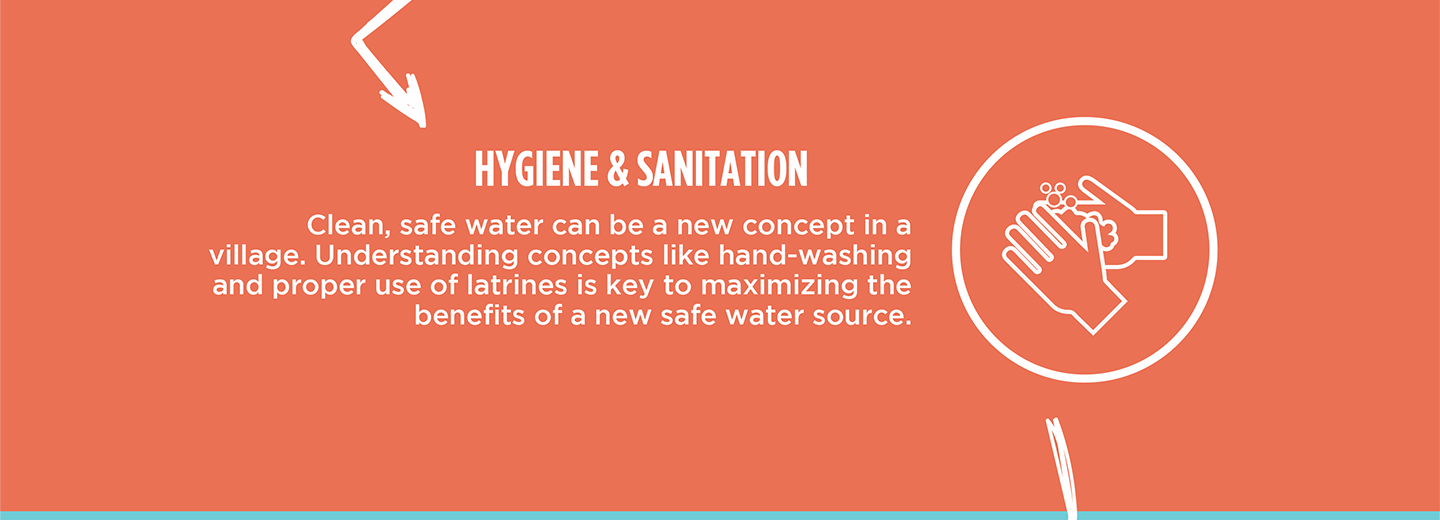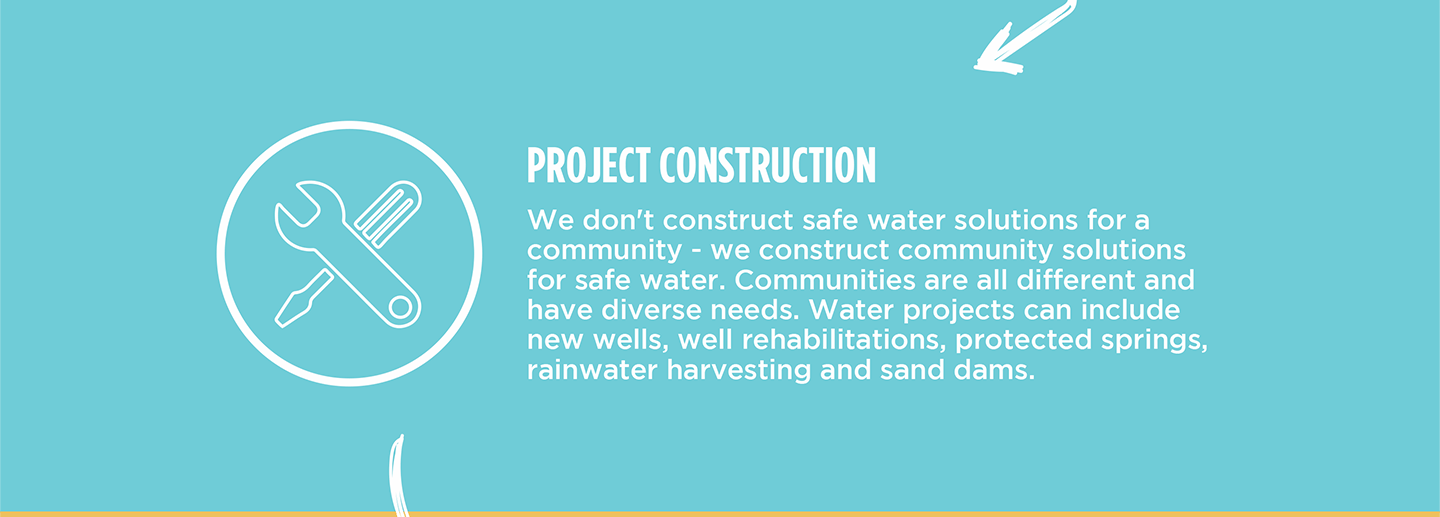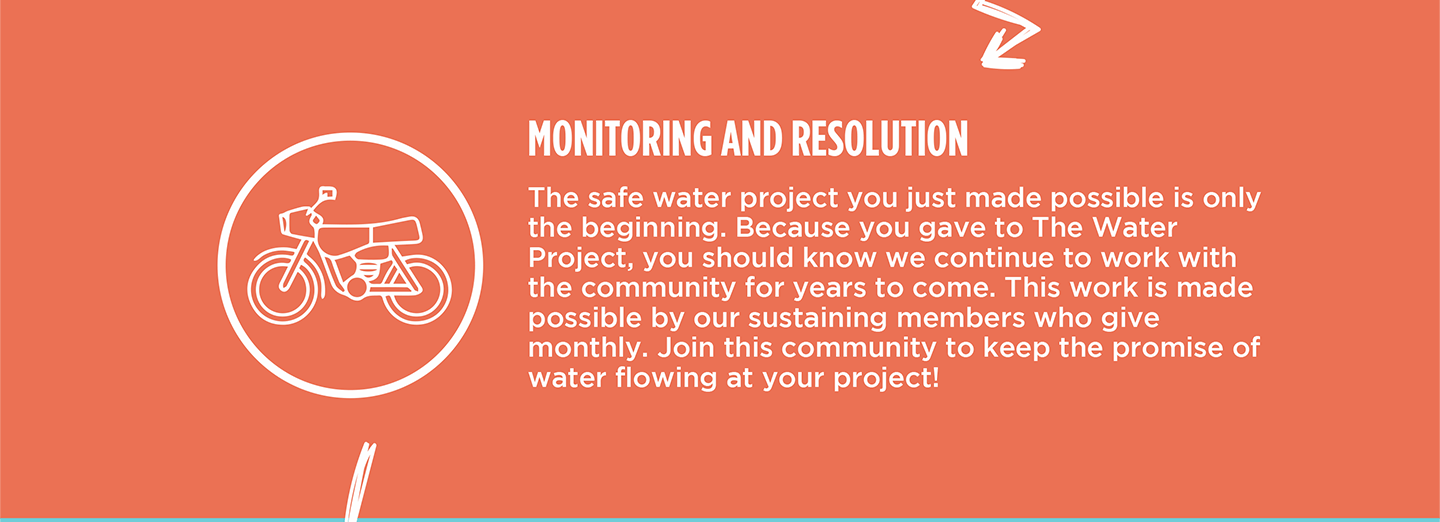The report below from our partner in the field gives some great information on the construction of a new hand-dug well in the Kiyogoma Aluderebo community in Uganda:
Background:
Kiyogoma Aluderebo is a sub village of Kiyogoma located a few kilometers from the Nile river, one of the longest rivers in the world, bordering the western and northern parts of Uganda. Residents of Kiyogoma Aluderebo engage in commercial farming by the fact that soils here are very fertile. Cassava and maize are the major cash crops grown here with traders collecting every grain from these farmers at the end of every season.
Mr. Daawa Tony, 34 and the father of 6, confirms his decision to migrate to Kiyogoma was due to the rich and fertile soils of the land. However he also points out that the village is faced with an acute water shortage. "Residents here fetch water from open sources which most times is contaminated and is the leading cause of stomach pain, diarrhea and dysentery among other related diseases." He further intimated to us that most of the residents have basic sanitation requirements like a latrine, drying rack, bath shelter, and hand washing facilities installed near their latrines but lamented at the fact that there were those whom stubbornly refused to construct and use a latrine and were putting the rest of the community at danger with their preference of openly defecating in the bush outside their homes.
The Water Trust (TWT) will have an intensive program to provide access to clean water and sanitation in this village. The community will participate in excavating and constructing the water source. In the meantime the aim is that all households own an improved latrine. Many households do not use a latrine but use the bush. Due to the practice of open defecation, faeces are spread all over the village and contaminate open water sources. Our aim is to ensure that the community is able to live a healthy life, free of preventable waterborne diseases. We strive to work in partnership with the community to access safe clean water and improved sanitation.
Construction Progress:
February 25, 2014
Today Bernard the technician was able to finally begin his work with the community of Kiyogoma Aluderebo after he stepped in to support Bosco who had originally been assigned but had to leave to deal with a family emergency. By the weekend, Bernard had reported that they were able to excavate at least 8 ft.
March 7, 2014
The excavation continues to prove a little difficult for Bernard and the community have now successfully excavated 12 ft and are slowly working their way through soft soil formation.
March 20, 2014
Progress is quite slow as soil formation is terribly collapsing. Currently the well is 22ft deep and brick work has began. Although the progress is slow, we are stably moving forward steadily and soon the people of Kiyogoma Aluderebo will enjoy clean and safe water.
In addition to the new well, our partner in the field conducts training in sanitation and hygiene, including encouraging and helping the community install latrines which help prevent the spread of disease.
Sanitation and hygiene progress
The main objectives of TWT’s Sanitation and Hygiene Program are the use of latrines and observing proper hygiene practices as these goals are inherently connected to the provision of clean water. Open defecation, water storage in unclean containers and the absence of hand washing are all possible contaminates of a household water supply. TWT leverages this relationship, by requiring each participating village to achieve Open Defecation Free status (defined by one latrine per household), prior to the pump installation for a shallow hand dug well. Using the immediate gratification of clean water as an impetus, TWT works toward sustainable, interdisciplinary WASH development.
TWT’s social program includes the assignment of one Community Development Officer (CDO) to one village. The CDO encourages each household to build an ideal homestead that includes: a latrine, hand-washing facility, a separate structure for animals, rubbish pit and drying rack for dishes.
Community Led Total Sanitation
TWT implements the Community Led Total Sanitation (CLTS) approach with each of our village partners. TWT facilitates a CLTS session in which we aim to improve the sanitation and hygiene practices and behaviors of a village. During these sessions, village leaders naturally emerge and push the community to realize that current practices of individual households – particularly open defecation– are not only unhealthy, but affect the entire village. CLTS facilitates a process in which community members realize the negative consequences of their current water, sanitation and hygiene behavior and are inspired to take action. Group interactions are frequent motivators for individual households to: build latrines, use the latrines, and demand that other households do the same.
Dan, the CDO in Kiryandongo, has been assigned to work with the community of Kiyogoma Aluderebo and is in the process of collecting a baseline for 56 households (280 people) that form the catchment population for the shallow hand dug well.
 Protected Dug Well
Protected Dug Well
 Rehabilitation Project
Rehabilitation Project

